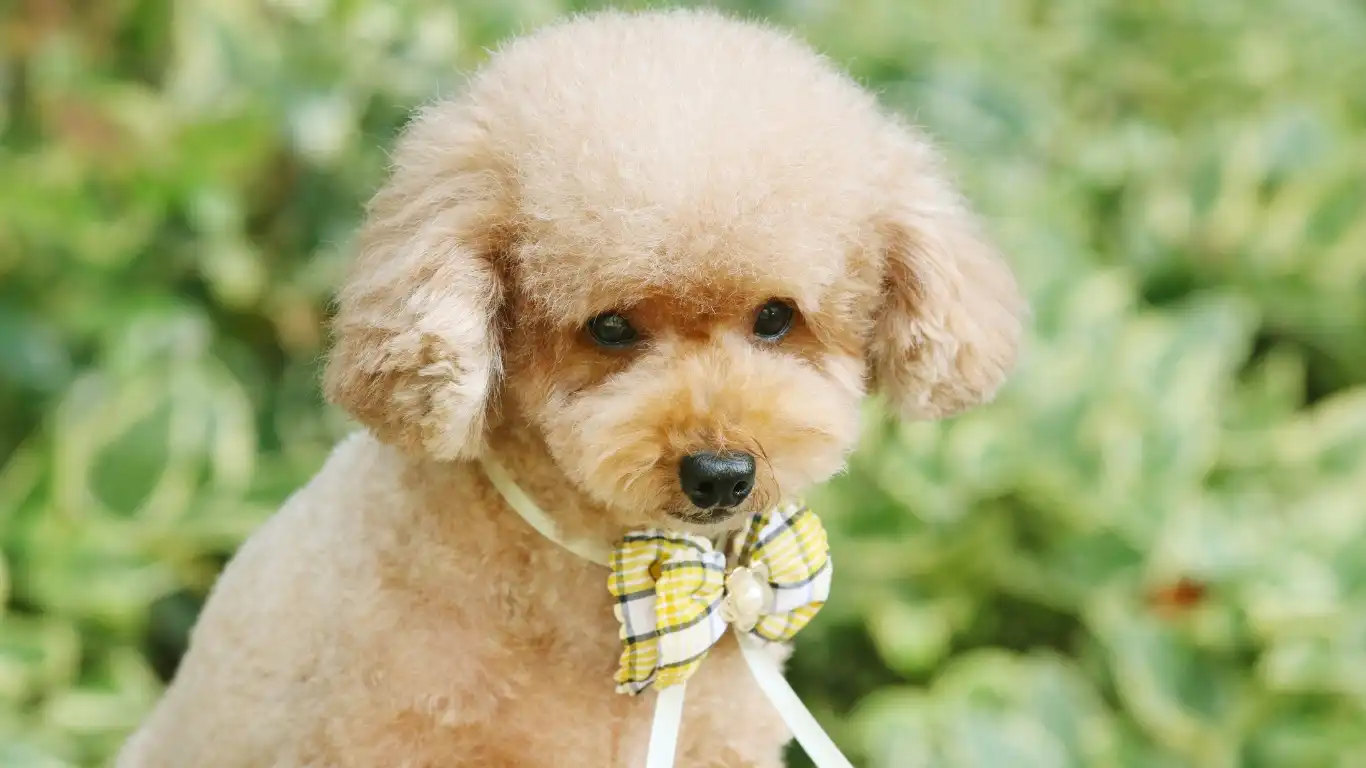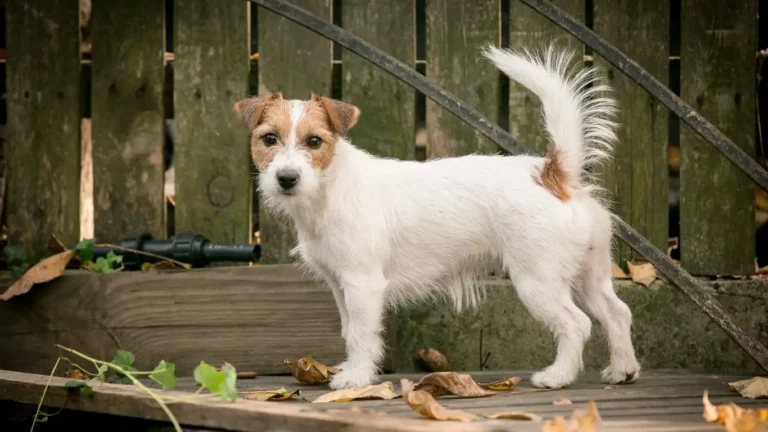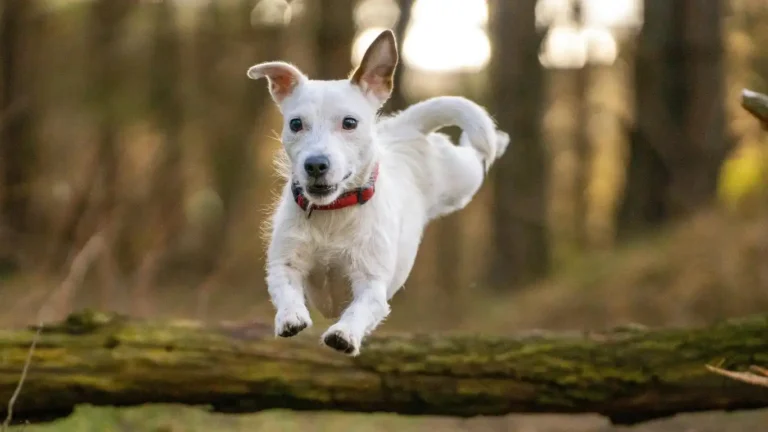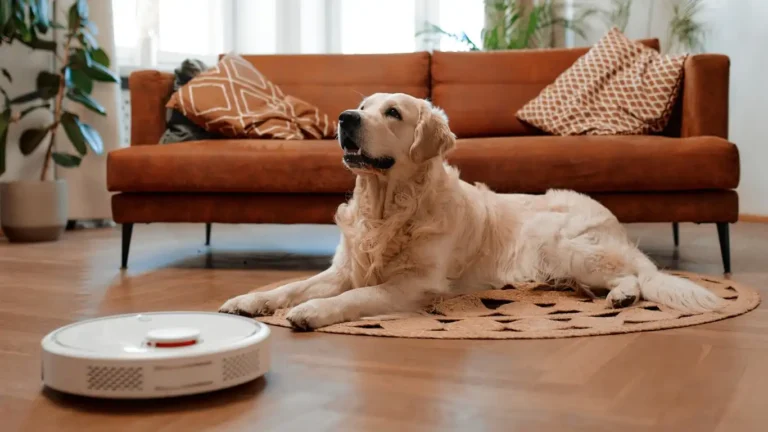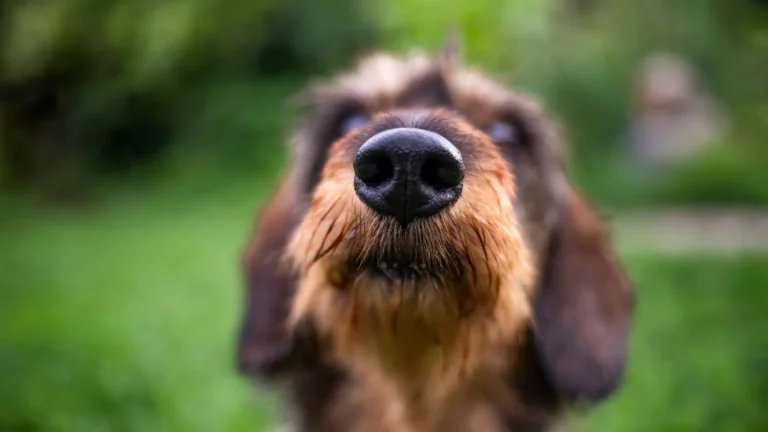How to Prevent Dog Obesity: Simple Steps for a Healthier Pup
As a Pet Nutritionist with years of experience in veterinary clinics, I’ve seen firsthand how common dog obesity has become. Pet parents often don’t realize their furry friends are gaining weight until it starts affecting their health. If you’re wondering how to prevent a dog from developing obesity, you’re in the right place! This guide will walk you through practical, vet-approved steps to keep your pup in tip-top shape.
Why Dog Obesity Is a Growing Concern
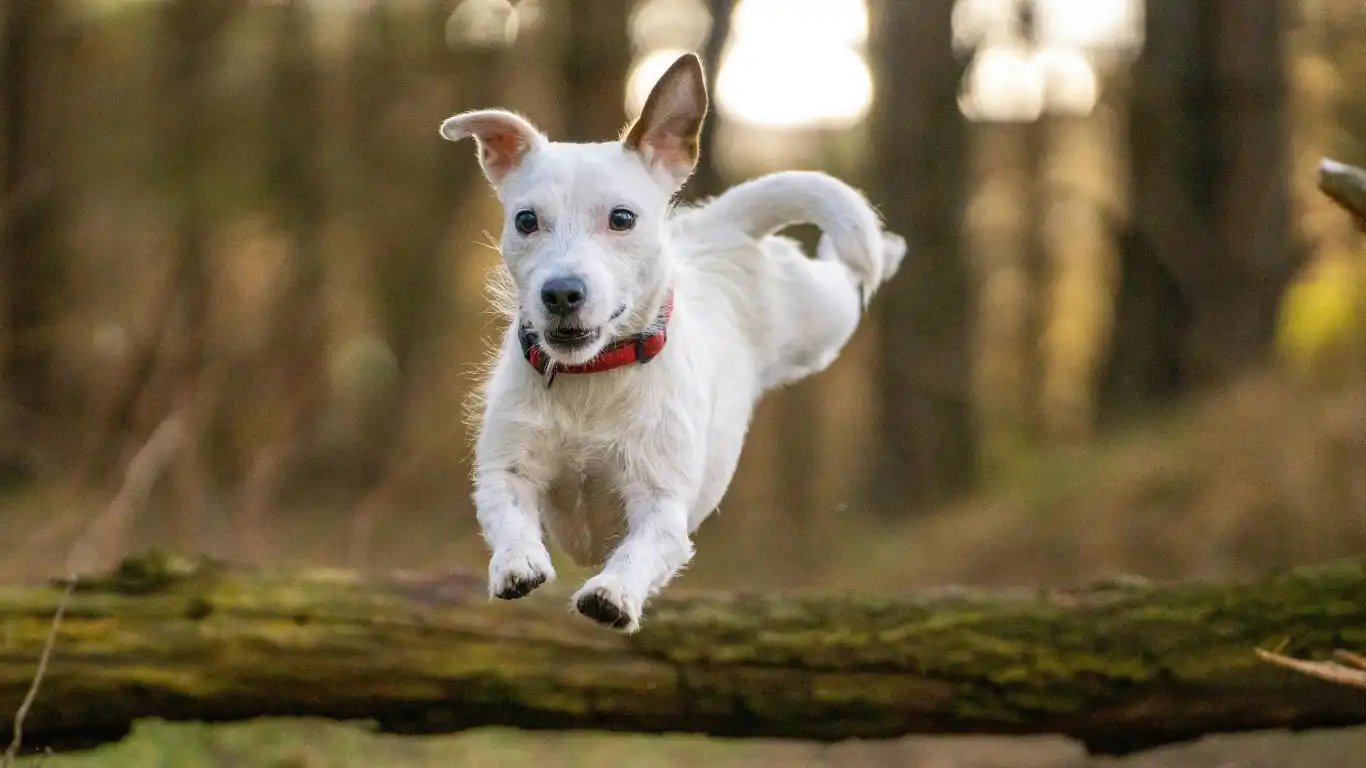
Over the years, I’ve had countless dog parents come to me, surprised that their pup was considered overweight. It’s easy to miss because weight gain happens gradually. But here’s the kicker—just a few extra pounds can put your dog at risk for serious health issues.
Health Risks of Canine Obesity
Excess weight doesn’t just make your pup a little slower; it can lead to:
- Joint problems – Extra weight puts stress on joints, increasing the risk of arthritis.
- Heart disease – Overweight dogs are more prone to cardiovascular issues.
- Diabetes – Just like in humans, obesity can lead to diabetes in dogs.
- Shortened lifespan – Studies show that overweight dogs live up to 2.5 years less than their lean counterparts.
That’s why prevention is key. Let’s dive into how you can keep your pup at a healthy weight.
Understanding Your Dog’s Ideal Weight
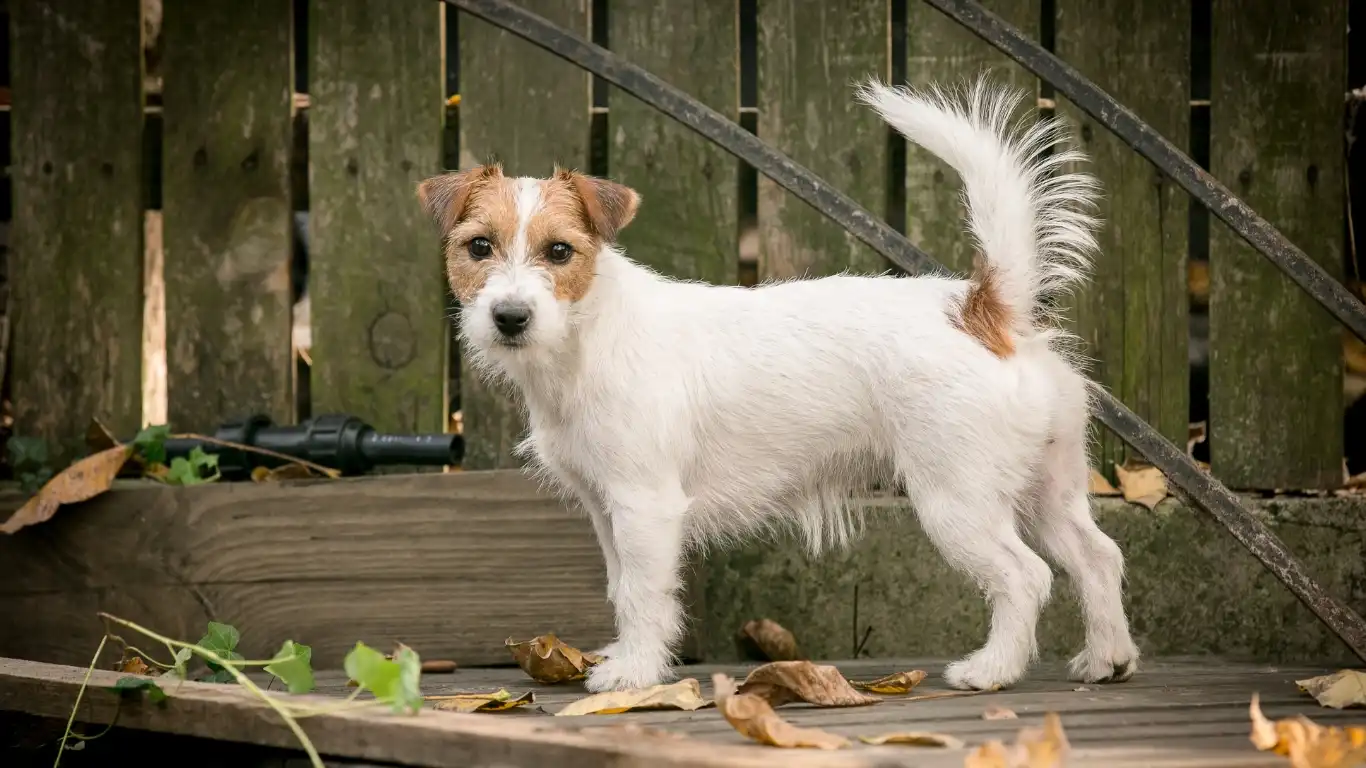
Breed-Specific Weight Ranges
Every breed has a different ideal weight range. For example:
- Chihuahuas should weigh around 3-6 lbs.
- Labrador Retrievers should be between 55-80 lbs.
- German Shepherds range from 50-90 lbs.
Check with your vet to determine your dog’s ideal weight based on their breed and age.
The Rib Test: A Simple Way to Check
One quick way to assess your dog’s weight at home is the rib test. Try this:
- Run your hands along your dog’s sides.
- If you can feel the ribs without pressing hard, they’re likely at a good weight.
- If you have to press to feel the ribs, they may be overweight.
- If the ribs are highly visible with little fat covering, they might be underweight.
It’s a simple but effective way to stay on top of your dog’s weight between vet visits.
The Role of Nutrition in Preventing Obesity
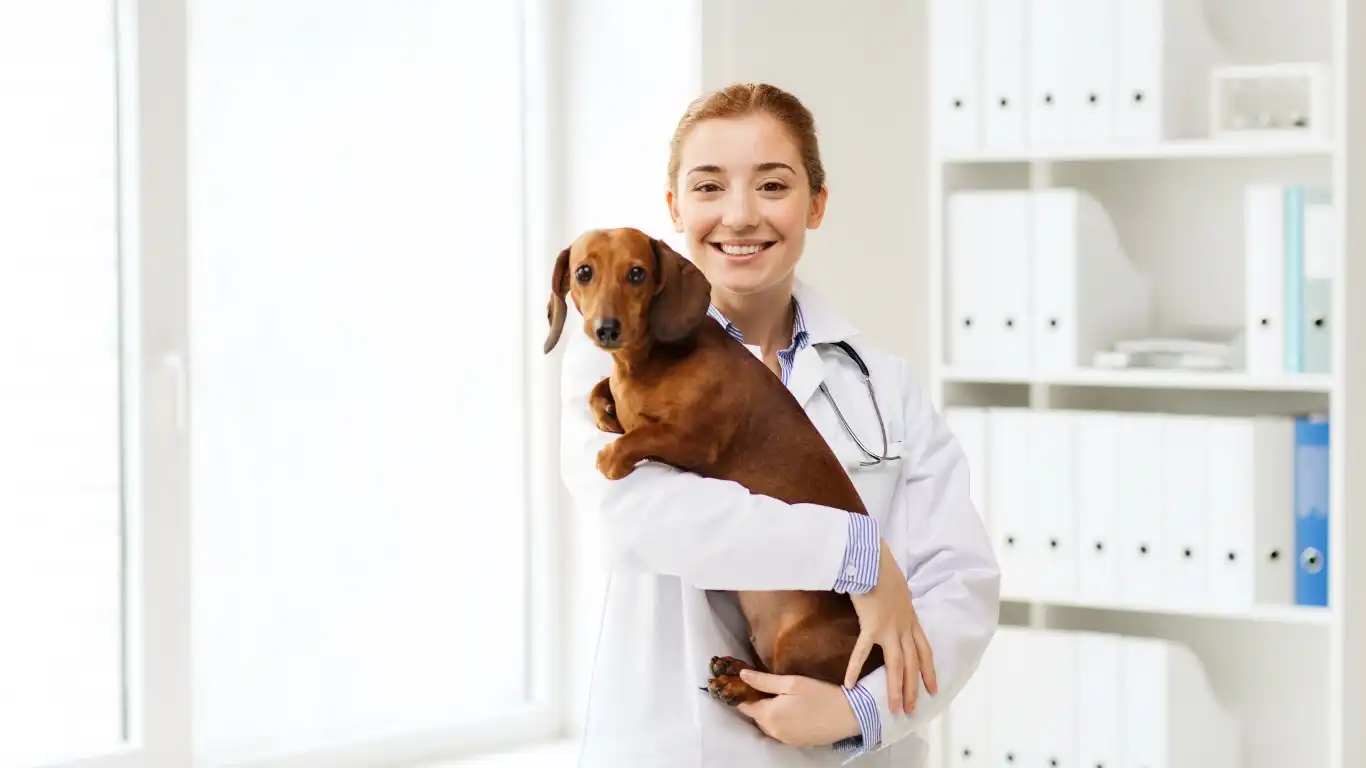
Choosing the Right Dog Food
One of the biggest culprits behind weight gain is feeding the wrong type of food. Not all kibble is created equal! Look for:
- High-protein, low-carb formulas – Dogs thrive on protein-rich diets.
- No fillers – Avoid foods with corn, wheat, and soy.
- Healthy fats – Omega-3 and Omega-6 support metabolism and skin health.
Portion Control Matters
Even the healthiest food can lead to weight gain if you’re overfeeding. I always tell pet parents to check the recommended serving size on the dog food bag—but don’t rely on it completely. Every dog’s metabolism is different, so adjust portions based on activity level.
One trick I use? Measure meals with a cup instead of guessing. Free-feeding (leaving food out all day) often leads to overeating, so stick to set meal times.
Treats: The Hidden Calories
Treats add up fast! While it’s tempting to give extra goodies, moderation is key. Instead of calorie-heavy treats, try:
- Baby carrots
- Apple slices (no seeds!)
- Plain cooked chicken
- Freeze-dried liver (in small amounts)
And always remember—the calories from treats should never exceed 10% of your dog’s daily intake.
Daily Exercise: Keeping Your Dog Active
Even the best diet won’t prevent obesity if your dog isn’t moving enough! Up next, we’ll cover fun and easy ways to incorporate exercise into your pup’s routine.
Daily Exercise: Keeping Your Dog Active
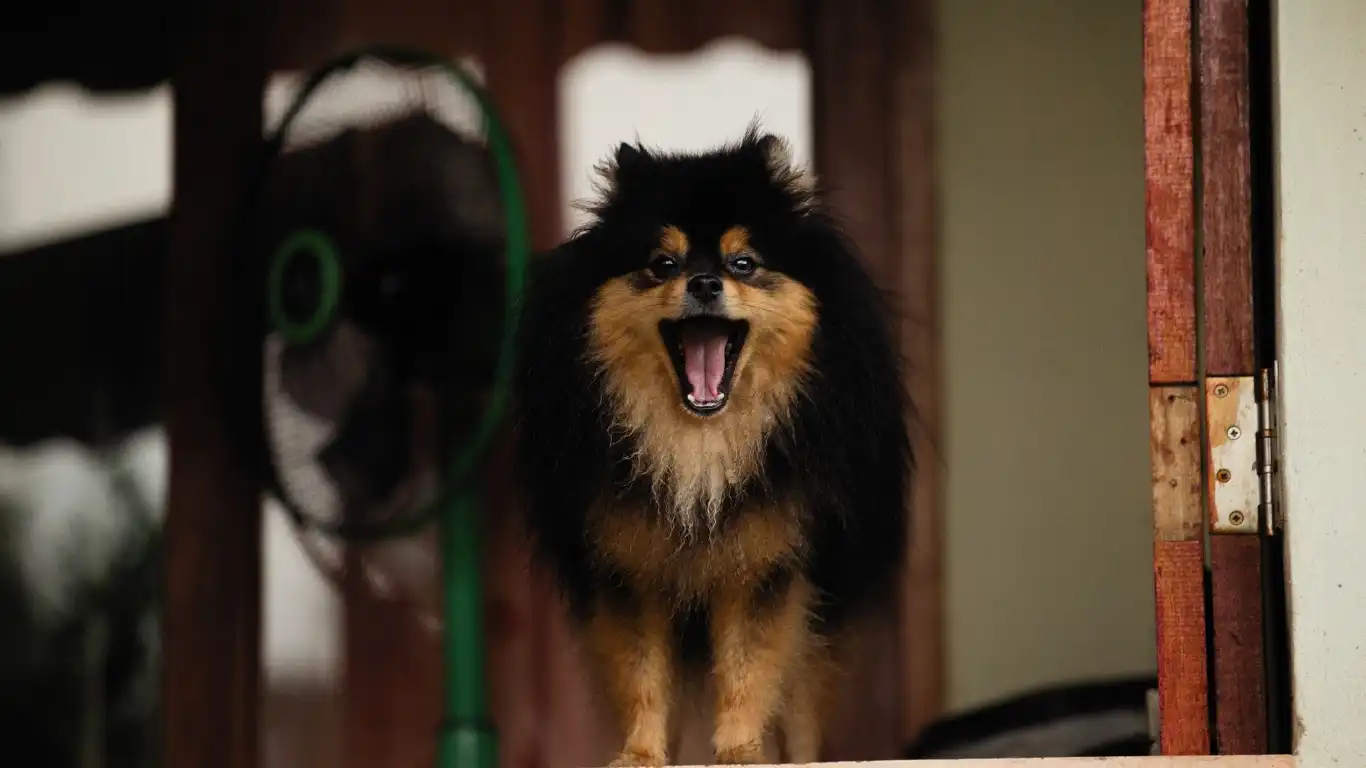
Even the best diet won’t do much if your dog isn’t moving enough! Trust me, I’ve seen it time and time again—pet parents cutting back on food but forgetting to increase activity. Weight management is a balance of calories in versus calories out, and exercise plays a crucial role in that equation.
How Much Exercise Does Your Dog Need?
Not all dogs have the same energy levels. A high-energy Border Collie will need far more exercise than a laid-back Bulldog. Here’s a general guideline:
- Small breeds (Chihuahuas, Pugs, Dachshunds): 30-45 minutes daily
- Medium breeds (Beagles, Cocker Spaniels): 45-60 minutes daily
- Large breeds (Labradors, Golden Retrievers): 1-2 hours daily
- Working breeds (Border Collies, German Shepherds): 2+ hours daily
Of course, age and health conditions play a role too. Senior dogs may need shorter, more frequent sessions, while young pups have bursts of energy throughout the day.
Fun Ways to Get Your Dog Moving
Walking is great, but it’s not the only way to keep your pup active. If your dog seems bored or reluctant to walk, mix things up!
- Fetch: A classic that never gets old. Use a ball or frisbee for extra fun.
- Tug-of-War: Engages muscles and gives them a full-body workout.
- Swimming: Great for dogs with joint issues—low impact but highly effective.
- Agility Training: Set up simple obstacles in your backyard for a fun challenge.
- Dog Playdates: Socializing and exercising at the same time? Win-win!
My own dog, a food-loving Labrador, used to gain weight easily. What helped us was switching up activities—some days we’d do a long hike, other days we’d play tug or let him splash around in a dog-friendly lake. Variety keeps things exciting!
Common Mistakes That Lead to Dog Obesity
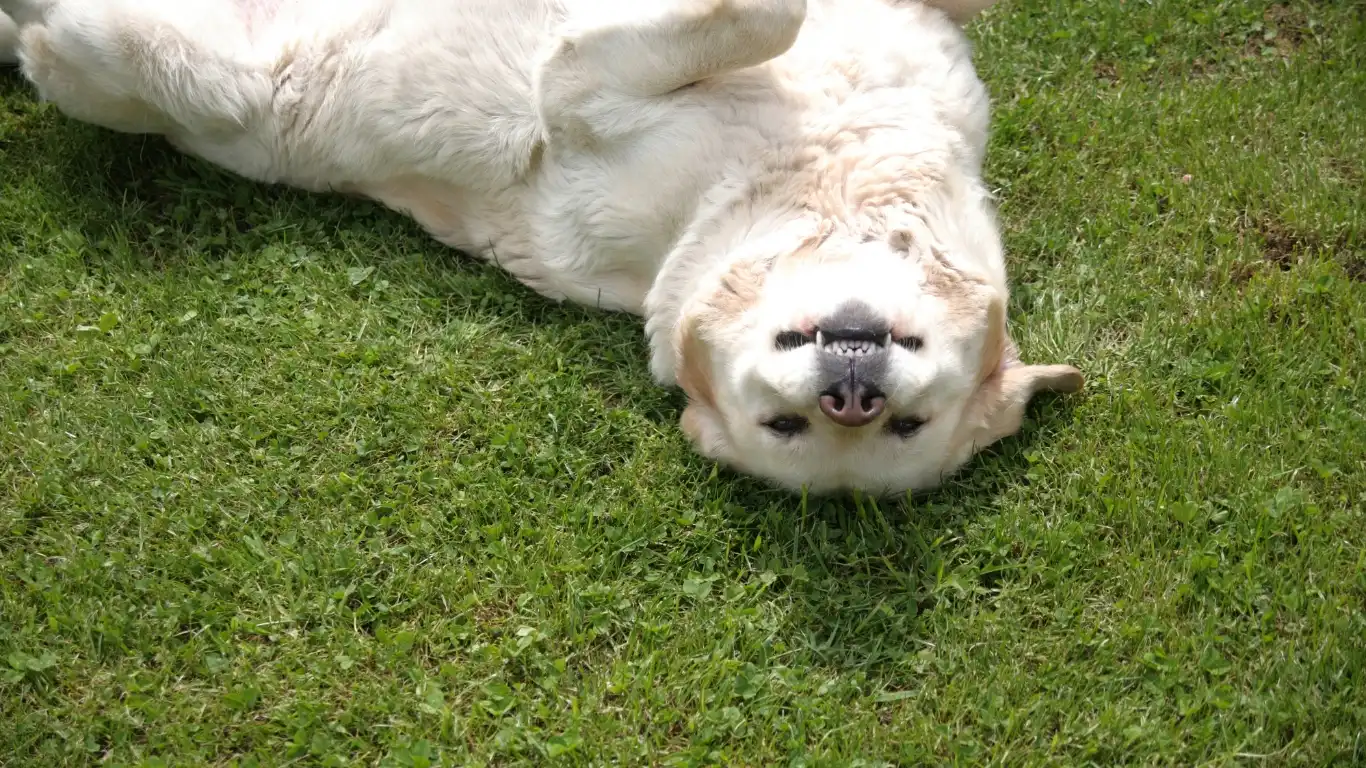
Despite the best intentions, some habits can unknowingly contribute to weight gain. Here are a few I see often in vet clinics:
1. Overfeeding Without Realizing
One of the biggest culprits? Guessing portion sizes instead of measuring. Even an extra 10 kibble pieces per meal can add up over time. Always use a measuring cup, and if your dog still seems hungry, opt for low-calorie fillers like green beans or pumpkin.
2. Too Many Treats
Treats should be a reward, not a constant snack. I once had a client whose dog gained five pounds in a few months—turns out, grandma was sneaking biscuits throughout the day. If multiple family members give treats, set a daily limit everyone follows.
3. Not Adjusting for Age and Activity
A puppy’s metabolism is wildly different from a senior dog’s. As dogs age, their activity levels drop, meaning they burn fewer calories. If you’re still feeding the same amount you did when they were younger, weight gain is almost inevitable.
4. Feeding Table Scraps
I get it—it’s hard to resist those puppy eyes. But human food, especially high-fat leftovers, can pile on calories fast. If you must share, stick to safe options like plain chicken, carrots, or blueberries.
How to Maintain a Healthy Weight for Life
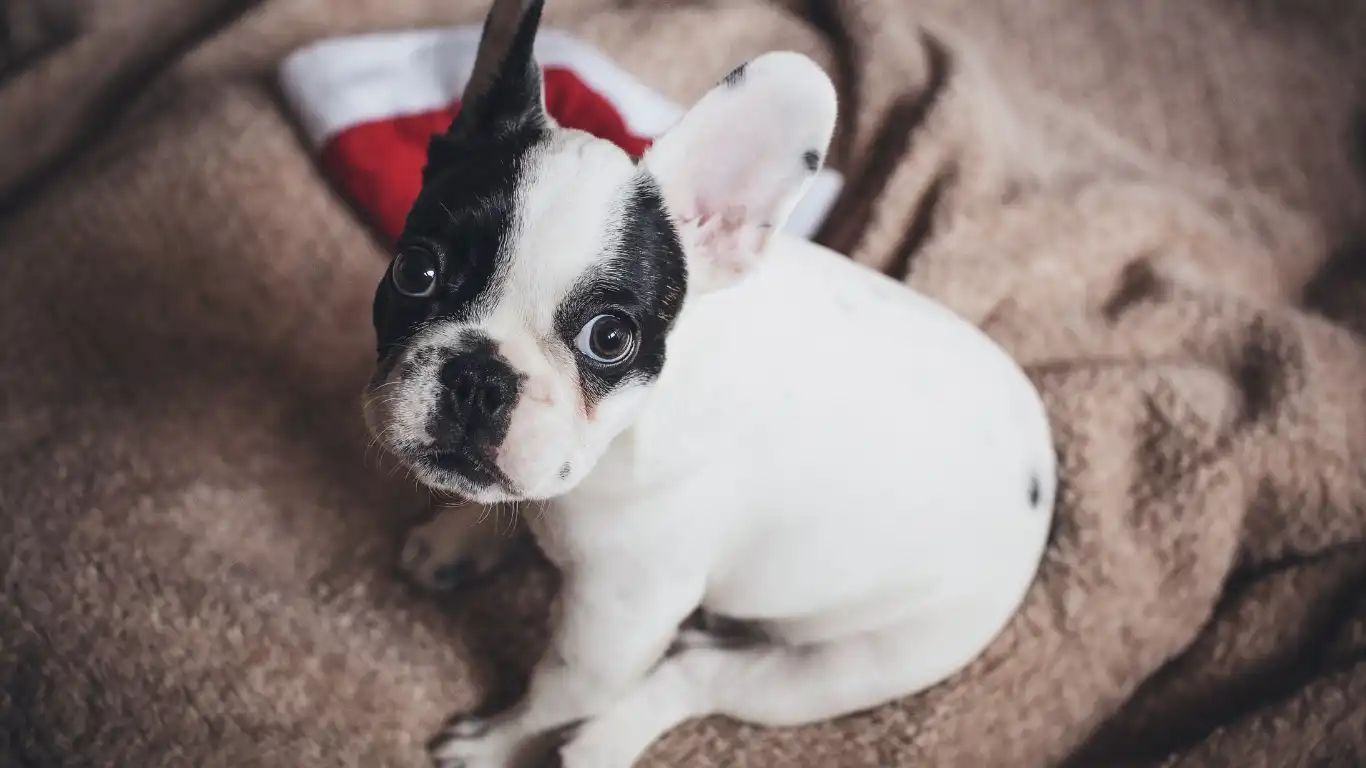
Preventing obesity isn’t just a short-term fix; it’s about creating a sustainable lifestyle. Here’s how you can set your dog up for long-term success:
Regular Weight Check-Ins
Weigh your dog every 4-6 weeks. Many vet clinics have free scales in the lobby—drop by and track progress. If you see slow, steady weight gain, adjust food and exercise before it becomes a bigger problem.
Slow Feeder Bowls
If your dog scarfs down food like there’s no tomorrow, a slow feeder bowl can help. These bowls encourage slower eating, which aids digestion and prevents overeating.
Enrichment Activities
Sometimes, dogs beg for food out of boredom rather than hunger. Try puzzle toys, snuffle mats, or food-dispensing toys to keep them mentally engaged while controlling portion sizes.
Consistency Is Key
Sticking to a routine makes all the difference. Set designated feeding times, establish daily exercise habits, and make sure everyone in the household follows the same guidelines.
In the next section, we’ll dive deeper into how to spot early signs of weight gain and actionable steps to correct it before it becomes a health risk.
Spotting Early Signs of Weight Gain

One of the biggest challenges I see as a pet nutritionist is that many dog owners don’t notice weight gain until it becomes a real problem. It’s understandable—when you see your dog every day, small changes are easy to overlook. But catching it early makes all the difference.
Subtle Signs Your Dog Might Be Gaining Weight
Not sure if your dog is creeping into the overweight category? Here are some red flags:
- Loss of a visible waist: If your dog looks more rounded from above, it’s time to reassess their weight.
- Struggling to feel ribs: You should be able to feel ribs without pressing hard.
- Sluggishness: If they’re not as playful or active, excess weight might be weighing them down.
- Panting more than usual: Overweight dogs get overheated quickly, even with mild activity.
- Difficulty jumping or climbing stairs: Extra weight puts strain on joints and mobility.
When I worked in a vet clinic, I often used a simple visual aid—before-and-after pictures of a dog’s body condition over six months. Seeing the difference really helped owners understand the gradual changes in their pet’s shape.
How to Safely Help an Overweight Dog Lose Weight
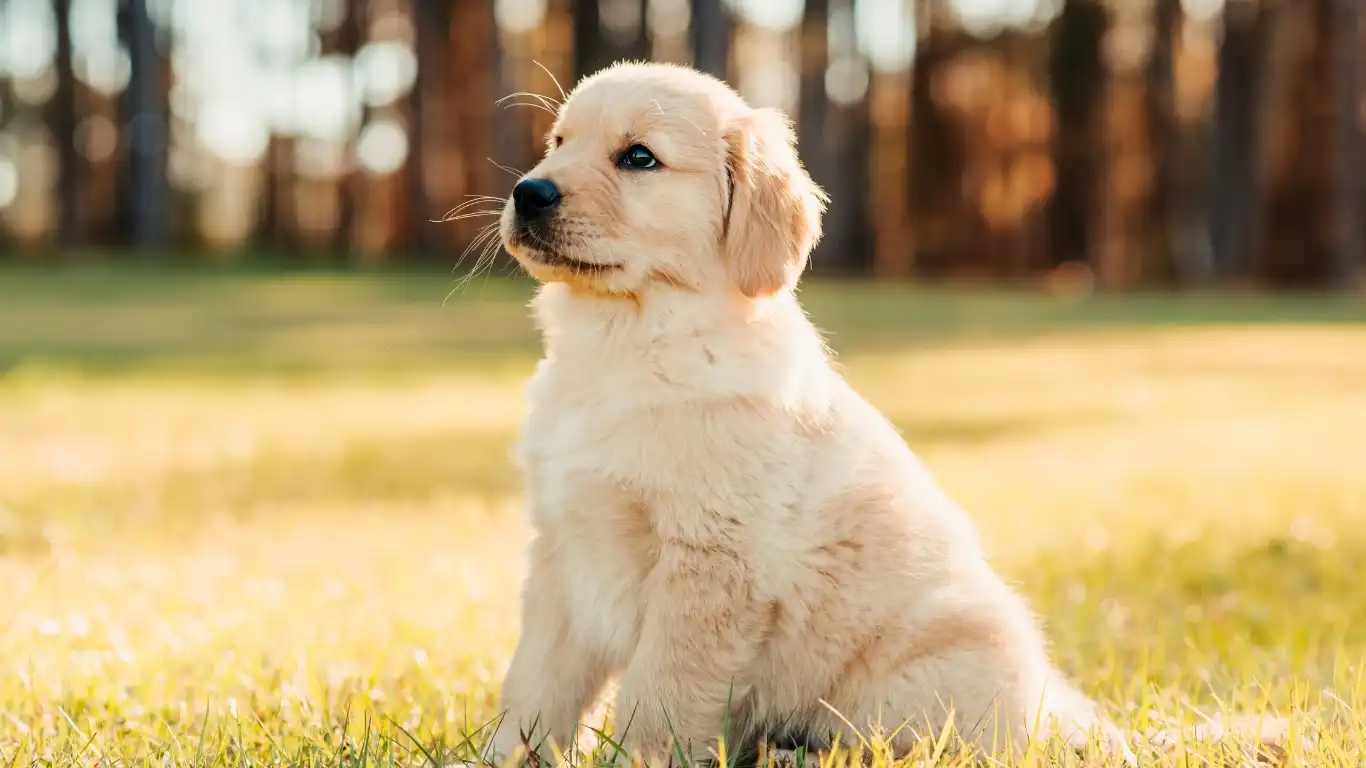
If your dog is already carrying extra weight, don’t panic! With the right approach, they can slim down safely and regain their energy. The key is a gradual, controlled weight loss plan.
Step 1: Consult Your Veterinarian
Before making drastic changes, always consult your vet. They’ll assess your dog’s current health and recommend a tailored plan. Sudden calorie cuts can actually be harmful, so gradual changes are best.
Step 2: Adjust Food Portions
Most commercial dog food bags overestimate portion sizes. I usually recommend starting with a 10-20% calorie reduction and monitoring progress. Some tips:
- Switch to a weight management formula with fewer calories but high protein.
- Use a kitchen scale to measure food instead of eyeballing portions.
- Split meals into smaller portions throughout the day to keep metabolism steady.
Step 3: Increase Daily Activity
Exercise is just as important as diet. If your dog isn’t used to long walks, start slow:
- Begin with shorter, frequent walks (10-15 minutes, 3 times a day).
- Gradually increase the duration as they build stamina.
- Use fun activities like hide-and-seek or scent games to keep them engaged.
Step 4: Monitor Progress
Weigh your dog every two to four weeks and track changes. Ideal weight loss is about 1-2% of body weight per week. If you’re not seeing progress, revisit food intake and exercise levels.
Preventing Weight Gain After Weight Loss
Once your dog reaches their ideal weight, the real challenge begins—keeping it off! Just like humans, dogs can regain lost weight if habits slip.
Stick to a Routine
Dogs thrive on consistency. Feed them at the same times each day, maintain daily exercise, and monitor treats.
Watch for Weight Fluctuations
Even small gains over time can lead to obesity again. Continue checking their body condition monthly and adjust their diet if needed.
Make Exercise Fun
Mix up activities to keep things exciting—rotate between walks, interactive play, and new adventures.
Final Thoughts on Preventing Dog Obesity
Keeping your dog at a healthy weight isn’t about strict diets or excessive exercise—it’s about creating a lifestyle that supports their well-being. A healthy, active dog is a happy dog, and by staying proactive, you’re giving them the best chance at a long, vibrant life.
Got questions or success stories? Share them in the comments below—I’d love to hear how you’re keeping your pup fit and thriving!
References
Disclaimer
This article is for informational purposes only and should not replace professional veterinary advice. Always consult your veterinarian before making changes to your dog’s diet or exercise routine.
